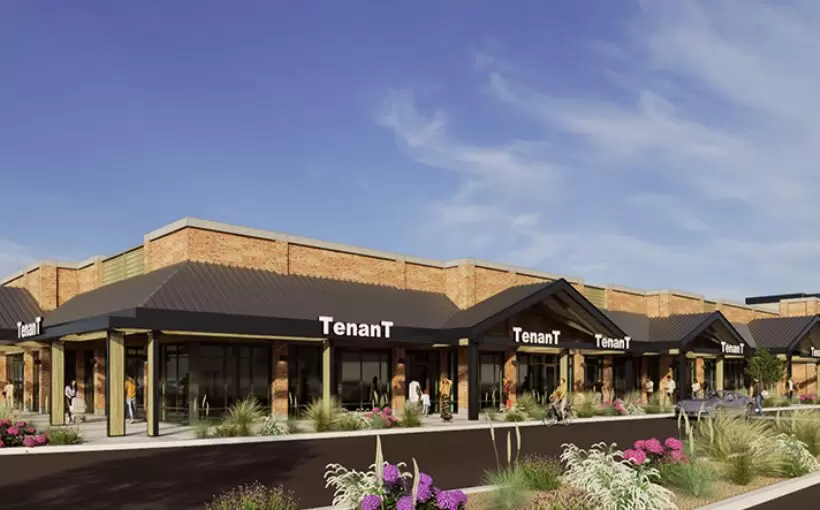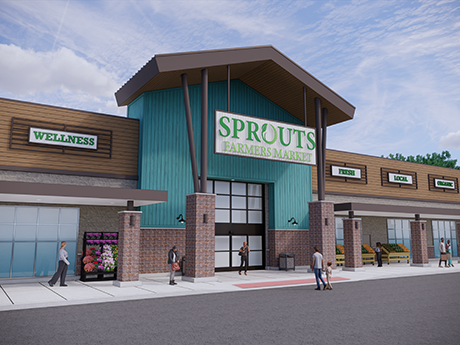Commercial real estate development is by nature a forward-thinking craft.
But even with America’s vaccine rollout steadily gaining traction, a disruptor like Covid-19 has only heightened the pressure on developers to get their forecasts right. Project teams are faced with a conundrum: Which office designs and locations will attract the most tenants in a post-pandemic world, especially as real estate becomes more expensive?
“It’s been more important for companies to evaluate and be strategic about their real estate,” said David McRae, who leads a team of tenant-rep brokers at Savills USA. “And then now you layer in Covid on top of that — it’s like what we always tried to help people do on steroids.”
Certain trends were already taking hold in Nashville’s office sector: a movement from the urban core to the fringes or suburbs to reduce density, more common areas and open floor plans, plus a new focus on “wellness,” meaning better air quality, outdoor space and natural light. But all of these have been amplified by Covid-19, the great accelerator of our time.
“The office is now designed to support the employees’ lives, instead of just supporting the employees’ productivity,” said David Wells, co-CEO of development firm Hall Emery, which is building 17th & Grand, a 160,000-square-foot office tower on Music Row.
At Gresham Smith, Jack Weber’s days are filled with talk about the future of Nashville’s office space — he leads the architecture firm’s workplace strategy group. There’s no singular answer to how to move forward, he said. Strategies vary across industries, locations and price points.
“Every company I talk to and every individual I talk to has a different opinion about it,” he said.
For now, at least three big avenues exist for developers and designers looking to pandemic-proof their office space. Each relies on one thing: walking in a tenant’s shoes.




